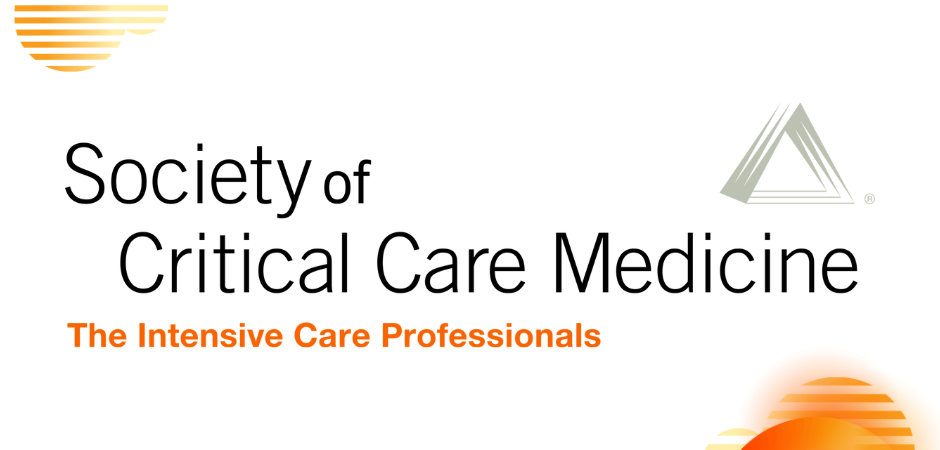Acute inpatient care - and critical care in particular - has responded to the COVID-19 pandemic in unprecedented ways. Hospital entry screening, reduction or near-elimination of visitation, universal masks, and concerns regarding the supply of beds, medications, personal protective equipment (PPE), ventilators, and ICU team members are chief among the changes. But these are not the only changes that now characterize our daily work and workflow.
Acute inpatient care—and critical care in particular—has responded to the COVID-19 pandemic in unprecedented ways. Hospital entry screening, reduction or near-elimination of visitation, universal masks, and
concerns regarding the supply of beds, medications, personal protective equipment (PPE), ventilators, and ICU team members are chief among the changes. But these are not the only changes that now characterize our daily work and workflow.
Novel ICU spaces are being set up in operating theaters, inpatient floors, clinic rooms, and education venues, as well as tents and other facilities outside of hospitals. Non-ICU clinicians are pressed into service to help augment the supply of skilled clinicians caring for the critically ill.
SCCM has assisted more than 300,000 of these clinicians in preparing for this task. Volunteers travel the globe to help shore up the ranks of ICU teams in overwhelmed zones such as New York City. Hundreds of
these volunteers flowed from SCCM’s ranks. We could not be prouder or more grateful.
Woven throughout the fabric of how critical care has met the COVID-19 challenge is team-based care and team-based innovation. Creative solutions include relocating IV pumps and ventilator control panels outside patient care rooms to limit ICU clinician exposure and preserve the threatened PPE supply. As crucial ICU equipment and supply shortages erupt in the hardest-hit areas, some have developed methods for ventilating two patients with a single ventilator. To address the pandemic, we enact inventive solutions to respond to the crisis.
I participated in developing a protocol with a multiprofessional group at FEMA for what is now termed co-venting. While it is an extreme measure, two patients on a single ventilator may be a reasonable approach when there are no more clinically proven and safe methods of caring for patients with acute respiratory failure. Such an approach merits study, and we intend—with your help—to do just that.
COVID-19 has launched scientific inquiry. Our colleagues rapidly formulated new studies such as the
Discovery Network’s VIRUS study addressing COVID-19 patient care and outcomes. It is within VIRUS that we invite you to direct your co-venting patient data to help us learn how well such a rescue strategy works to preserve lives.
On the frontlines of care, each of you endures great stress. Remember that you are part of an ICU team of skilled professionals dedicated to patients and also to one another. While organizations such as SCCM offer
resources to help with education, training, and preparation, little is more powerful than a thoughtful word in an unbidden moment of kindness in support of one another. Know that, despite the struggles we now face, we are all one team—one professional family. Together we will get through this crisis. The result will be innovative therapies, better strategies, new colleagues, and improved care of the critically ill and injured when life returns to normal.
I look forward to
learning how each of you has helped shape critical care in response to this pandemic and in concert with one another.
